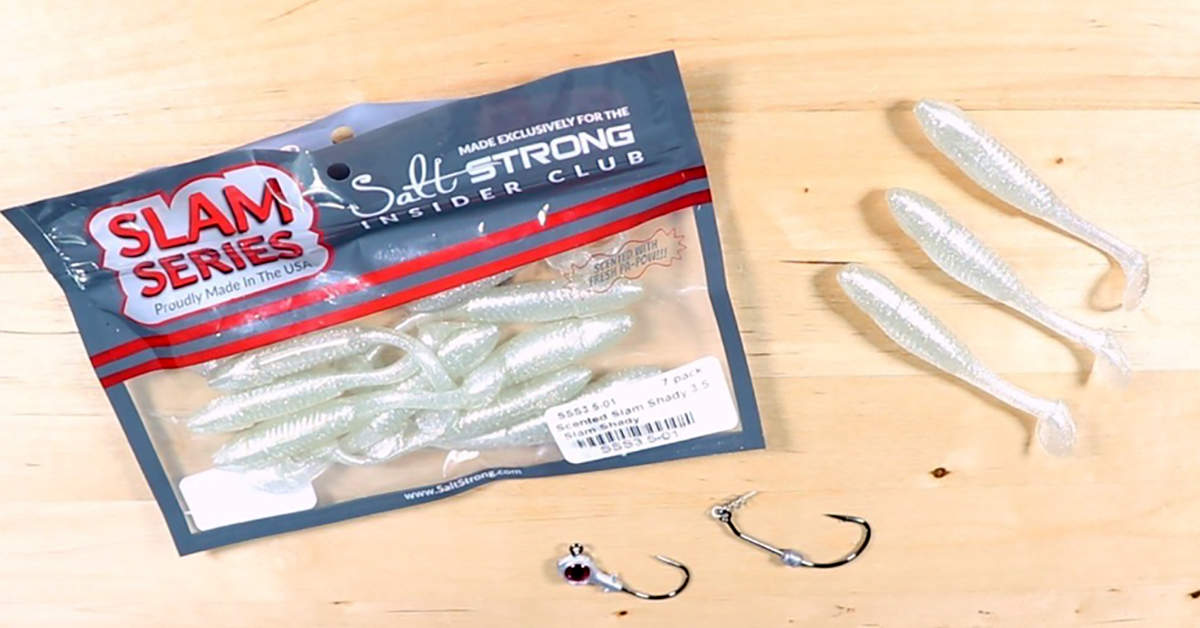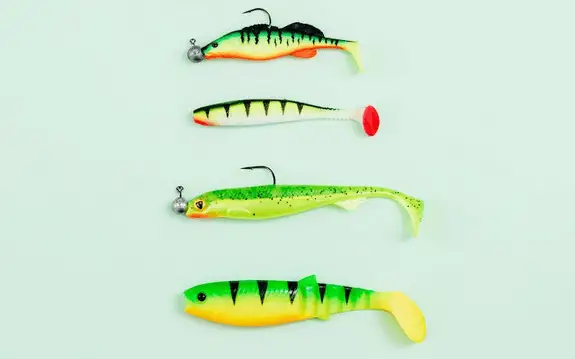Fishing lures are made by combining different materials and processes to create a bait that mimics the appearance and movement of prey, attracting fish to bite. They are crafted with precision and attention to detail to ensure their effectiveness in catching fish.
For centuries, fishing lures have been essential tools for anglers, helping them increase their chances of success in catching fish. These artificial baits are designed to mimic the appearance, movement, and scent of natural prey, enticing fish to strike. The process of making fishing lures involves combining various materials, such as plastic, metal, or wood, and incorporating elements like hooks, eyes, and paint to enhance their visual appeal.
Different lures are designed for specific lures types of fish or fishing conditions, taking into account factors such as water clarity, depth, and the behavior of the target species. Through careful craftsmanship and innovation, fishing lure manufacturers continue to provide anglers with effective tools to enhance their fishing experience.
Materials Used In Fishing Lures
Fishing lures are designed to mimic the appearance and movement of natural bait in order to attract fish. They are made using a variety of materials, including plastics, metals, and natural materials. Plastics: Many lures are made from plastic materials such as PVC, ABS, or polycarbonate. These plastics are durable, lightweight, and can be easily molded into various shapes and sizes. Plastic lures often feature intricate designs and realistic colors to mimic the appearance of prey. Metals: Metal lures, such as spoons and spinners, are popular for their flashy and reflective properties. They are typically made from materials like stainless steel, aluminum, or brass. Metal lures are known for their ability to attract fish through vibrations and flashes of light. Natural Materials: Some fishing lures are made using natural materials, such as feathers, fur, or wood. These lures often imitate insects or small animals that fish commonly prey upon. Natural materials can provide a lifelike appearance and movement that can be highly effective in attracting fish.

Manufacturing Techniques
Manufacturing techniques for fishing lures involve intricate processes, combining materials like plastic, metal, and paint to create lifelike designs. Craftsmen use molding, painting, and assembling methods to craft lures that attract fish and enhance angler’s chances of success.
Injection Molding
Injection molding is a popular technique used in the production of fishing lures. It involves melting plastic pellets and injecting the molten material into a mold cavity. The mold is designed to have the desired shape and details of the lure. The hot plastic then cools and solidifies, taking the shape of the mold. Once the lure is removed from the mold, any excess material is trimmed off and the finishing touches are done.
Casting
Casting is another common method employed in lure manufacturing. It entails pouring liquid plastic into a mold and allowing it to harden. The mold is generally made from silicone or latex and is shaped like the desired lure. Once the plastic solidifies, the mold is opened, and the lure is removed. Additional processes such as trimming and painting are carried out later to give the lure its final appearance.
Handcrafting
Handcrafting lures is a more traditional approach, often used by smaller-scale lure makers or custom lure artists. This technique involves creating lures from scratch using various materials such as wood, feathers, metal, and epoxy. The lure design is carefully considered, and each piece is hand-shaped and assembled, resulting in unique and highly customized lures that often exhibit exceptional craftsmanship.
Design And Development
Fishing lures are meticulously crafted through a multi-step process, beginning with extensive research and drawing on various sources for inspiration. Expert anglers, fishing enthusiasts, and even natural elements provide valuable insights into designing effective lures. Once the initial design concepts are formulated, prototyping takes center stage. Using a careful selection of materials, skilled craftsmen bring these ideas to life, transforming them into tangible lures. Each prototype is scrutinized and adjusted to ensure optimal performance in diverse fishing conditions. Subsequent to prototyping, rigorous testing and iteration play a crucial role in refining the design. Field tests, alongside scientific evaluations, gauge the lure’s efficiency, durability, and appeal to different fish species. This iterative process enables manufacturers to enhance the lure’s effectiveness and cater to the preferences of anglers worldwide.
FAQs For How Fishing Lures Are Made
What Are The Raw Materials For Fishing Lures?
The raw materials used for making fishing lures include plastic, metal, feathers, rubber, and wood.
What Material Are Lure Made Of?
Lures are typically made of various materials such as plastic, wood, metal, or rubber.
Can I Make My Own Fishing Lures?
Yes, you can make your own fishing lures. It’s a creative and satisfying process. Design and craft unique lures to suit your fishing needs. Enjoy the experience of catching fish with lures you made yourself.

